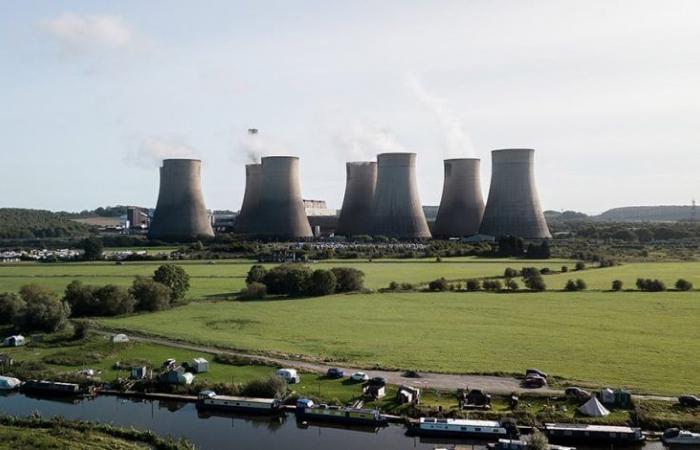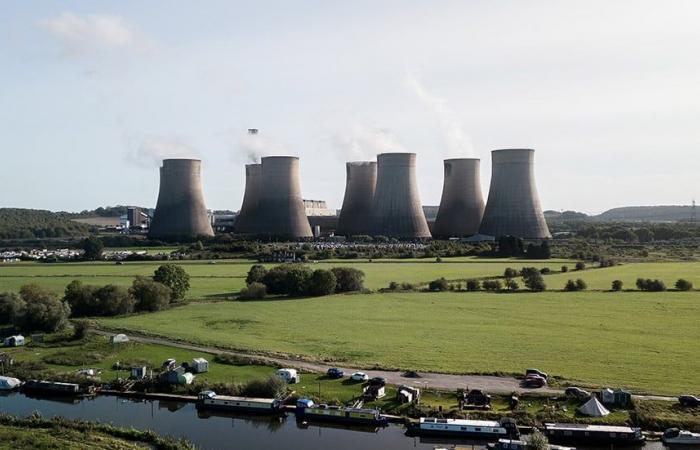The UK’s last coal-fired power station will produce electricity for the last time on September 30. The end of an era.
142 years of coal-fired power plant activity
Located in Nottinghamshire (central England), the Ratcliffe-on-Soar power station shuts down this Monday after 57 years of activity and at the same time puts an end to a 142-year history between England and the production of electricity from coal: the first coal-fired power station in the world opened in this country in 1882 (Holborn Viaduct).
Two benchmarks to realize how much time has passed: when the Holborn Viaduct power station across the Channel was commissioned, the Eiffel Tower did not yet exist in the Parisian landscape(1) and the Jules Ferry laws on schools marked French news in the midst of the Third Republic.
Coal played an essential role during the Industrial Revolution and within the United Kingdom’s electricity mix, in which this fuel still accounted for nearly 40% in 2012. But coal has gradually been replaced by natural gas in the British electricity mix, helped among other things by a carbon floor price in force affecting the competitiveness of the former.
Construction of Ratcliffe-on-Soar power station began in 1963. The first unit was operational in 1967, before full commissioning of the power station in 1970. (©Uniper)
A coal shutdown brought forward by a year
In 2017, the British government set the objective, after extensive consultation, of closing the last 6 coal-fired power plants still operating in the country by October 2025. In June 2021 (a few months before the COP26 in Glasgow), this ambition has been brought forward by one year, to October 2024.
It is therefore done (after the closure of Ratcliffe-on-Soar, following that of the West Burton sites in 2023, Drax in 2021, Alerthaw and Fiddlers Ferry in 2020). And the British become the first members of the G7 to “exit coal”, before France where the latest closures have been postponed.
In 2023, low-carbon sectors combined (wind, solar, biomass, hydroelectricity, nuclear) will account for more than 55% of British electricity production, indicates National Grid ESO, even if natural gas still remains the primary source. national electricity (32% in 2023), ahead of wind power (29.4%) and nuclear power (14.2%).
The Ratcliffe-on-Soar power station had a capacity of nearly 2 GW allowing it to meet the electricity needs of nearly 2 million British homes according to the operator Uniper. (©Uniper)
What about next?
At the end of July 2024, the new British (Labour) government launched its plan to make the United Kingdom a “ green energy superpower “. This is based in particular on the creation of a public investment company, Great British Energy (GBE), which should, among other things, enable the development of 20 to 30 GW of new offshore wind capacity by 2030.
The country plans to “totally decarbonize” the electricity sector by 2035, relying on the deployment of low-carbon sectors. Note, however, that considering all primary energy consumption in the United Kingdom, fossil fuels still accounted for 77% of the British mix in 2022 (compared to 87% in 2010).
View of the British electricity mix and CO emissions2 in real time (updated every 30 minutes, source: National Grid ESO)
Let us also point out that the average carbon intensity of British electricity production remains much higher than that in France (149 g CO2/kWh in 2023, compared to 32 g of CO2eq/kWh in 2023 according to RTE).







